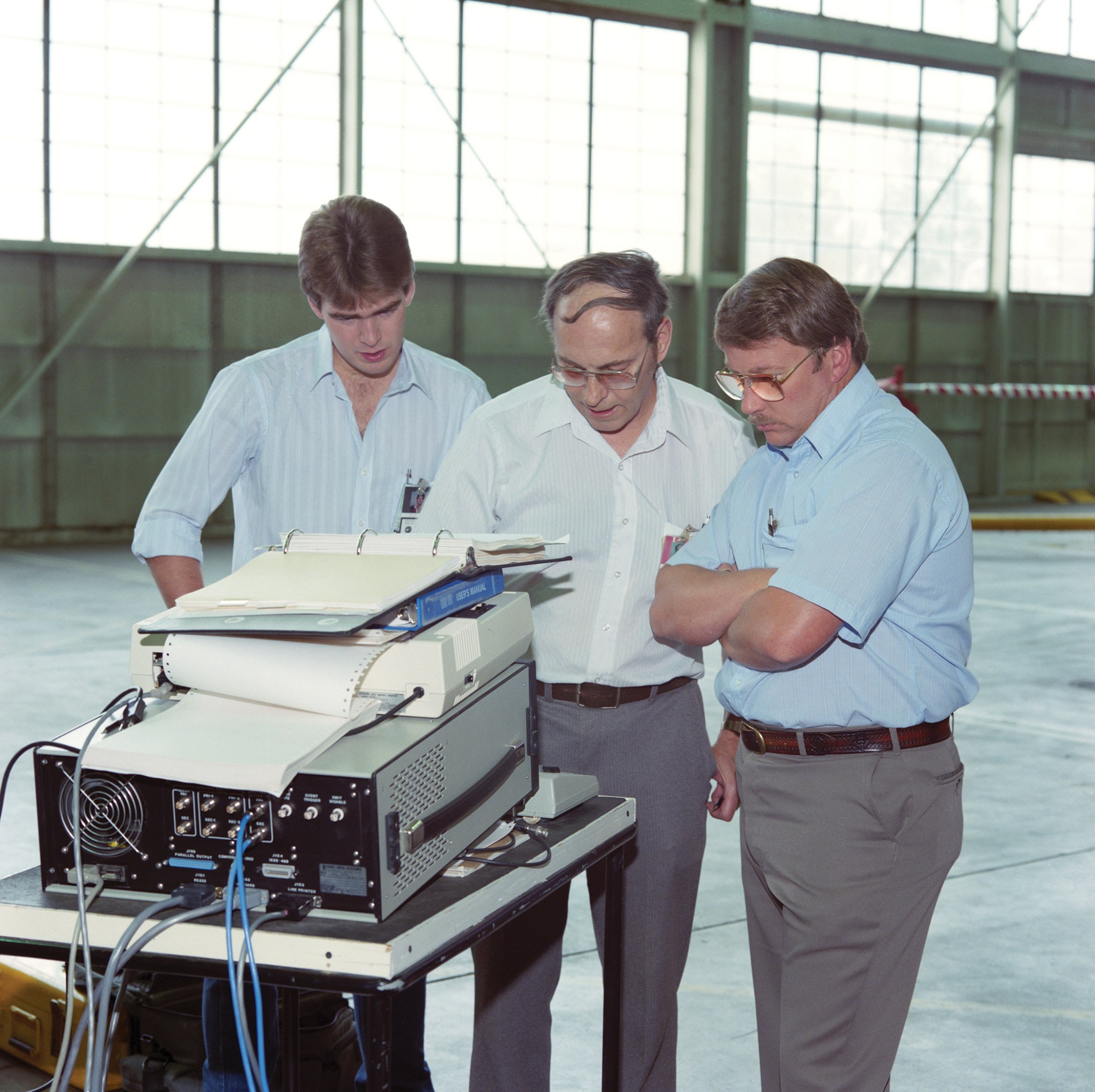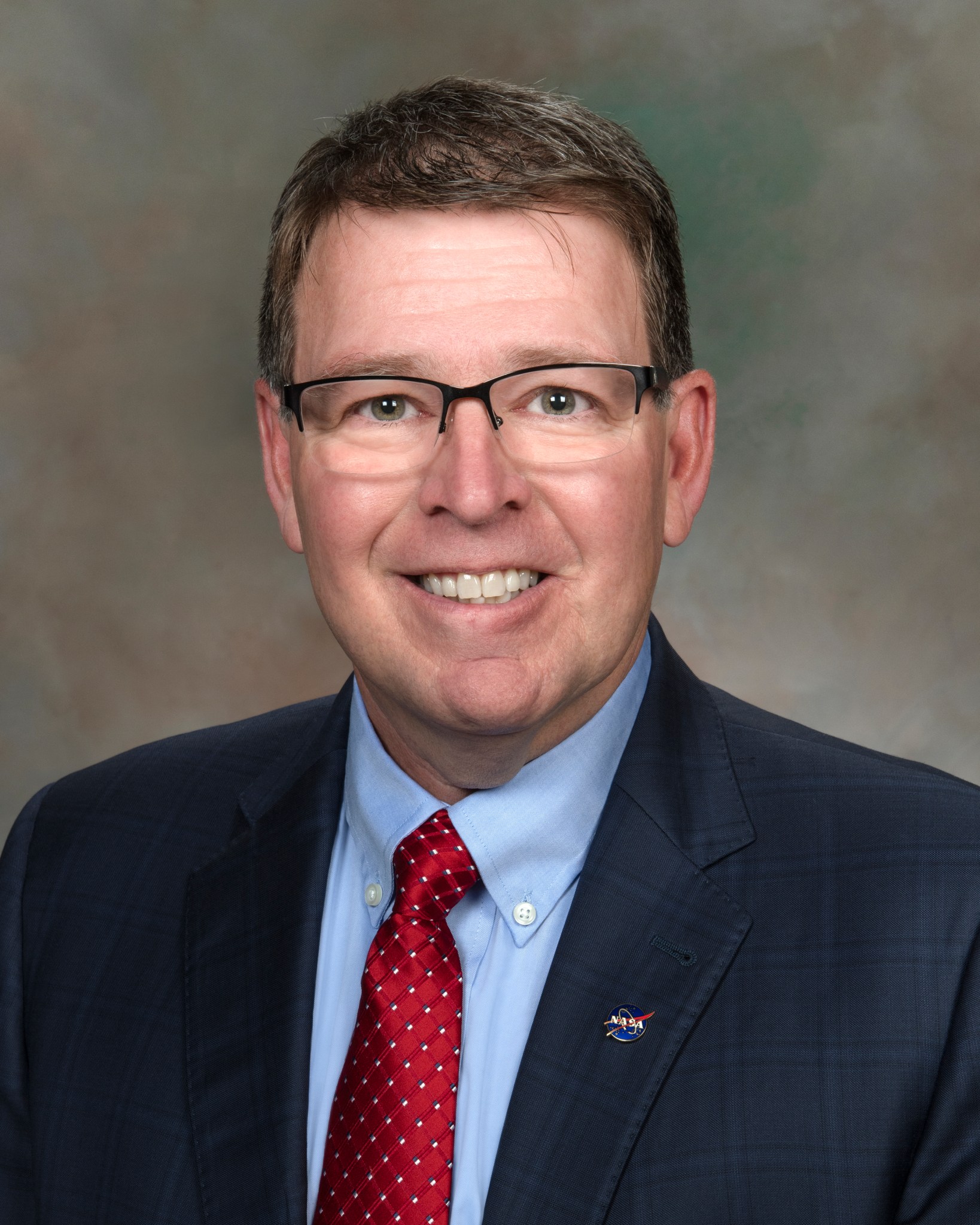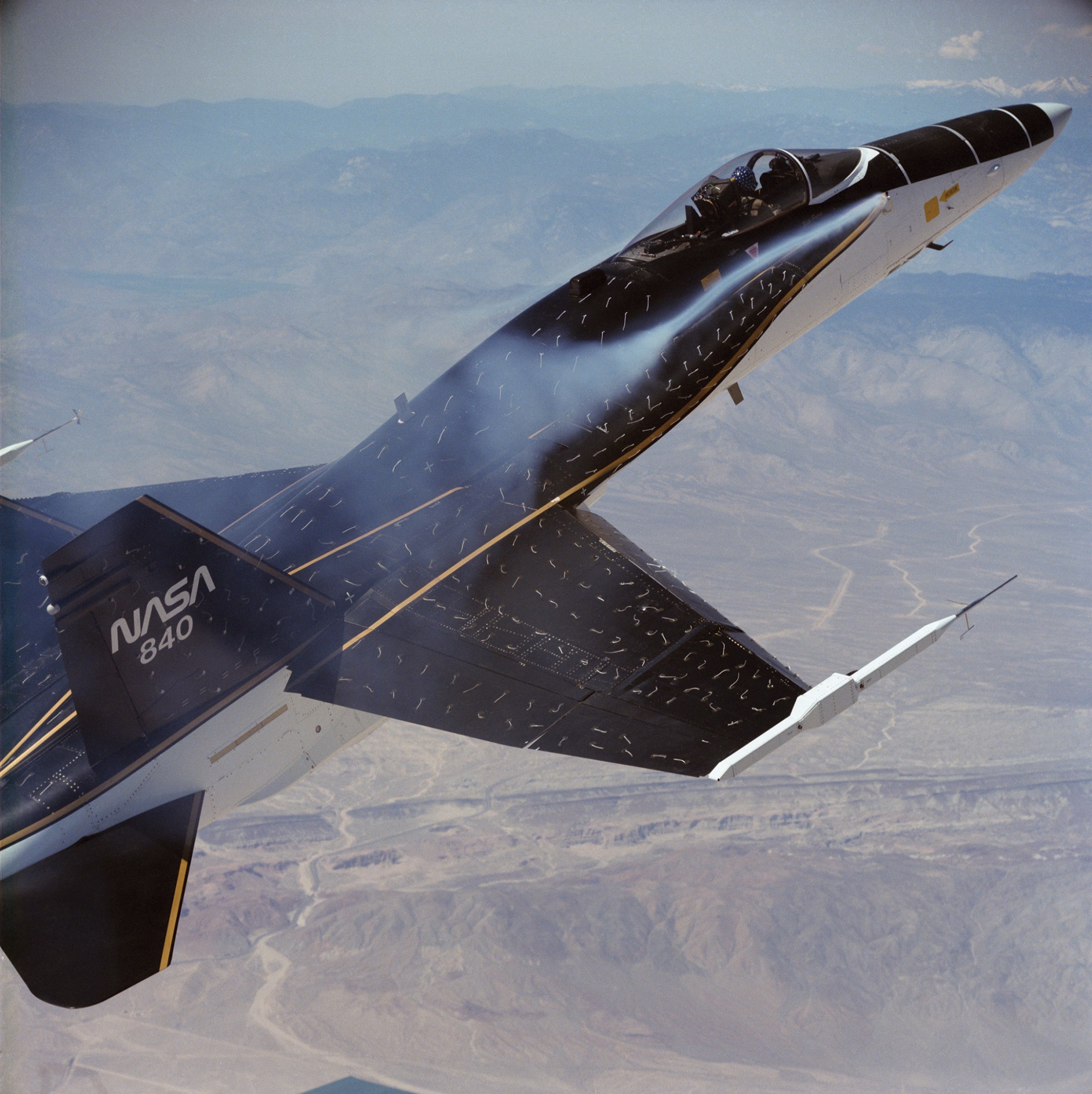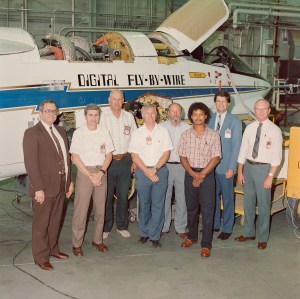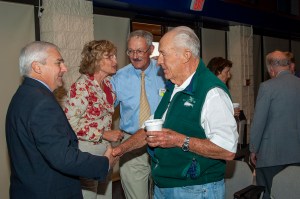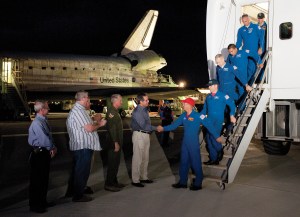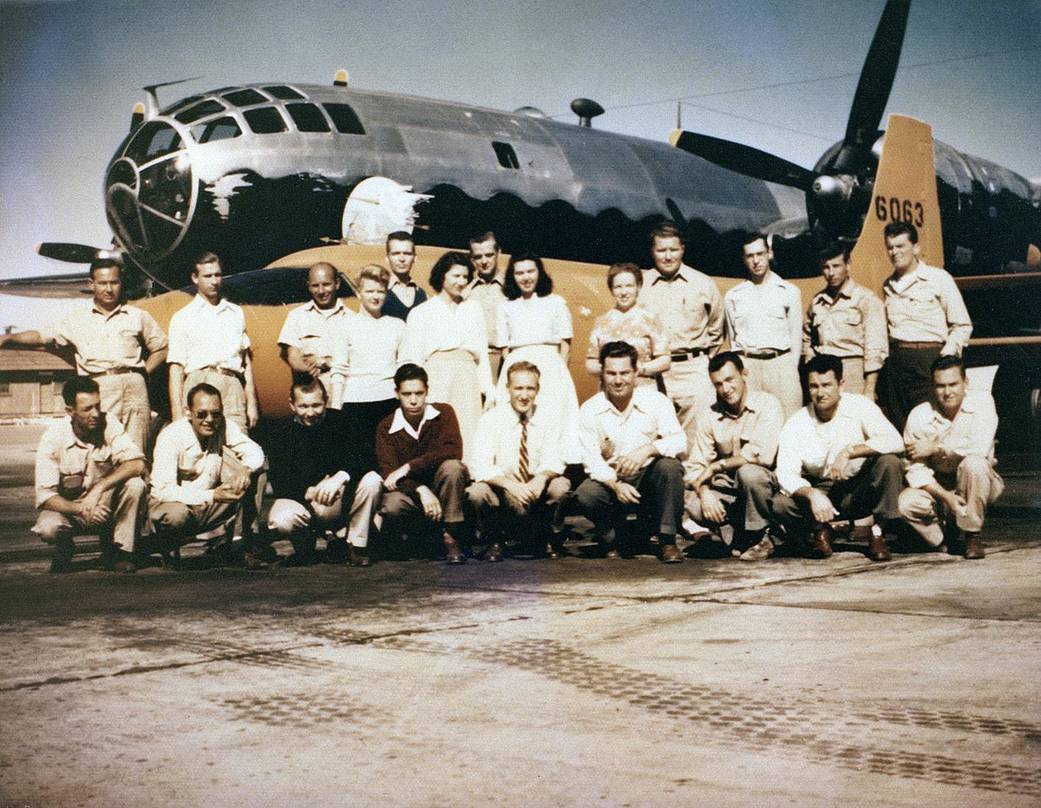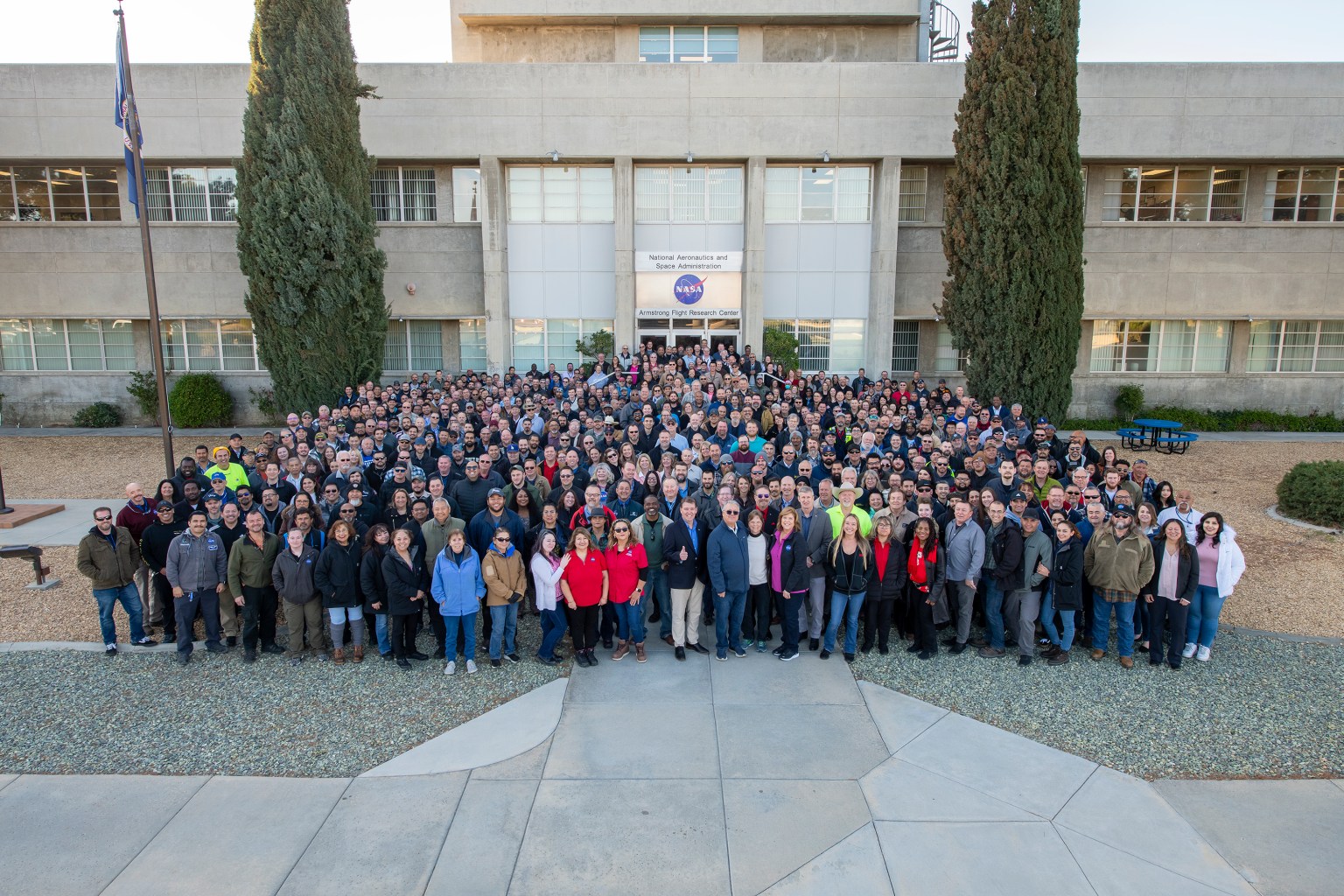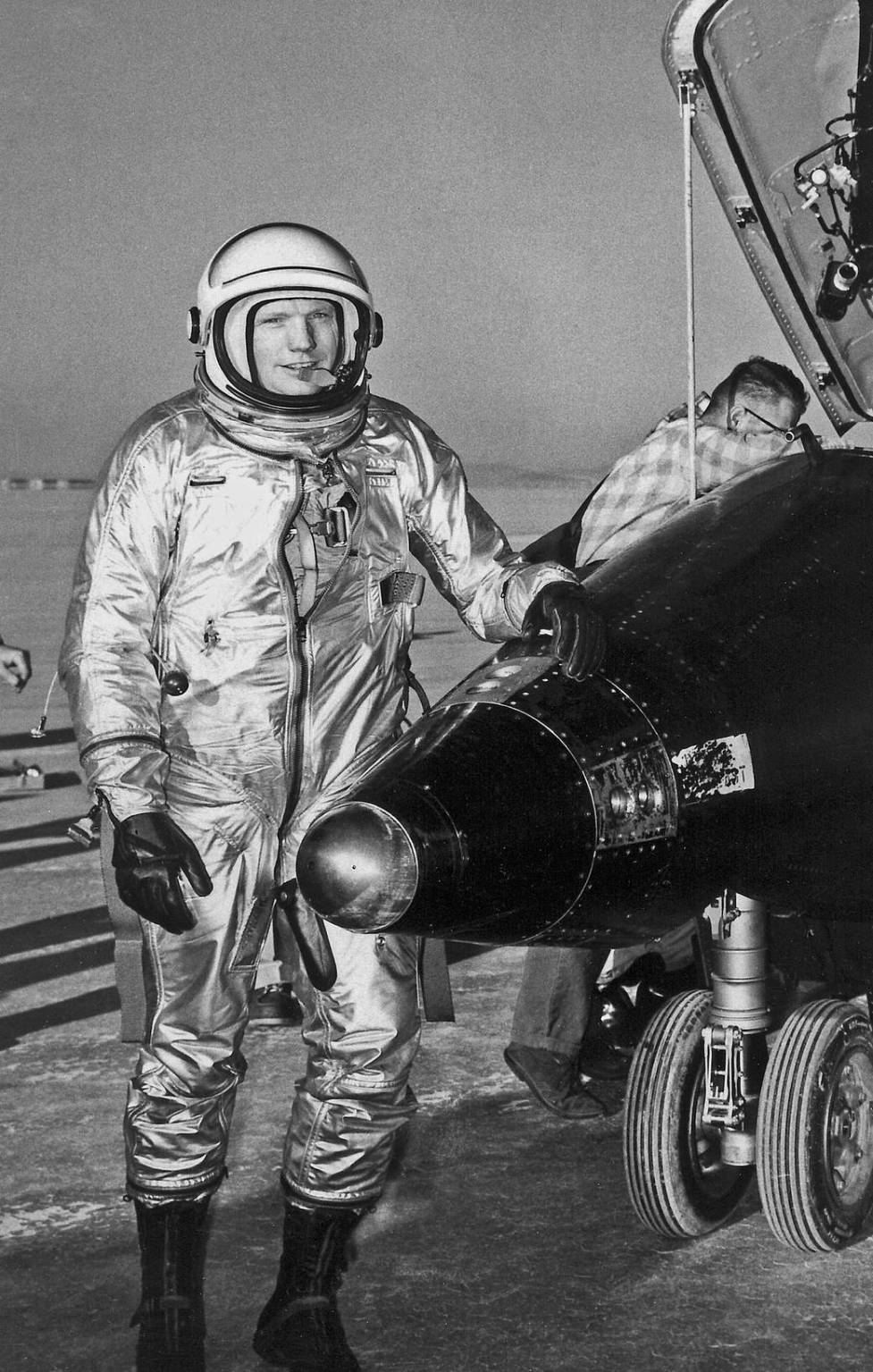Editor’s note: This column by Brad Flick was first published for the February 2022 NASA Armstrong X-Press as part of the 75th Anniversary celebration when he was deputy director. Brad Flick was selected as acting center director in July 2022 and selected as center director on Dec. 5, 2022.
When Jay Levine asked me to write a guest column looking back at my time at Armstrong, my first reaction was, “Wait, that means I’m an old guy!” Then I thought, “Cool, that’ll be fun!” I had no doubt that I’d focus on the first 10 years of my career. As much as I’ve enjoyed and grown in the time since, I’ll always think of those early years as the best part of my career. It’s when I learned how to be an engineer and when I really grew to appreciate this very special place. I’ll talk about the work, but I’ll also mention many of the people that influenced me. The history books talk about the projects, but it’s really the people that make the center what it was, is, and will continue to be.
My first day at the then NASA Ames-Dryden Flight Research Facility was Sept. 15, 1986. A fellow Clarkson College of Technology alumni, Ed Hamlin, was the deputy branch chief of the recently created Flight Systems branch and he convinced his boss, Jim Phelps, to take a chance on a kid with a diploma, but no actual engineering experience. Most of the other new hires had been co-ops, but my school had no such program, so this was my first professional engineering job. I didn’t expect it would last over 35 years.
I was assigned to the F-18 High Alpha Research Vehicle (HARV) project, under two mentors, Don Yount and Jerry Henry, who decided to assign me to work half time in the avionics shop for my first three months so I could learn the ropes. This turned out to be the best thing they could’ve done. I didn’t know the first thing about how airplanes work, but I’m a quick study and had a knack for thinking at a systems level. Splitting my time between working with some very good engineers like Don, Jerry, Dick Simon, and Ron Young, and some very talented and experienced technicians like Al Greishaber, John (Beanie) Bruno, Tracy Ackeret and Gary Beard gave me the best possible education about not only the airplane, but also how the center worked.
The HARV team was in the middle of rebuilding the airplane after it had sat at the Naval Air Station in Patuxent River, Maryland, being cannibalized for a few years after its first life as the spin test bird in the pre-production developmental flight test program. NASA acquired the airplane to do high angle-of-attack research because it had been modified with a spin chute and emergency electrical and hydraulic systems. It was a low time airframe, but it was in rough shape. When I walked into the hangar on my first day, I saw about a dozen people crawling all over the airplane. The team was rebuilding just about everything except the structure.
The fuel system, environ-mental control system, electrical system, flight control system and avionics all needed to be rebuilt and upgraded to as close to the current fleet configuration as we could get it. Along with replacing the early flight test data system and replacing it with a NASA research flight instrumentation system. It was a busy time. I’ve always thought of airplanes as an integrated collection of subsystems, all required to work together. We were up to our elbows in every single subsystem, so it was a great opportunity to learn both the hardware and software functionality. Just like with cars, computers, or houses, the best way to learn how things work is to fix them. We had some help from McDonnell Douglas on-site representatives, but the team was largely all NASA. There was a lot of learning the hard way, because system documentation was a little hit or miss, but we had it all together and flew our first flight in April 1987.
The first phase of the project was to study and document the high angle-of-attack aerodynamics of the baseline F-18. To do so, we developed a system to eject dye onto the aircraft forebody for on-surface flow visualization, a smoke generator system to eject smoke out of the aircraft forebody, a translating pressure rake to measure the leading-edge vortex and an in-house developed high-resolution video system to document what was going on. Dave Richwine and Dick Klein led the mechanical design work, working with all the artisans in the machine, sheet metal, and what was the rocket shop/hydraulic shop. I picked up a lot of the electrical and instrumentation work with Jerry Henry and exceptionally creative technicians like Merle Economu, Wes Hughes, Howard Trent, and others. Looking back on it, I now appreciate that we were inventing very innovative measurement techniques, doing the risk analysis, and well, just figuring it out on our own. That’s the Dryden I remember and the Armstrong I want to foster.
Following an inadvertent canopy jettison with Bill Dana flying the airplane on flight 101 (it’s a story, ask me sometime), we ended Phase 1 and moved on to Phase 2, where we expanded the airplane envelope to extreme angles-of-attack. We contracted with McDonnell Douglas to develop a multi-axis Thrust Vectoring Control System and Research Flight Control System to allow controlled flight over 55 degrees angle of attack (AoA). I had a few very cool jobs for Phase 2. Still working with Jerry Henry and the electric shop, we rebuilt and integrated the emergency backup electric and hydraulic systems to supply backup power in the event of a dual engine flameout at high AoA. We also rebuilt and tested the spin recovery parachute. Luckily, we never needed to use any of those systems in anger in the nearly 300 subsequent flights. But it was a great opportunity for this young engineer to learn at a systems level.
Concurrently, we also built up and integrated the F-18 Iron Bird and flight controls hardware bench so we could perform full verification and validation of the modified control system. That was another huge effort where I worked with folks like Bill Frederickson and Linda Kelly on the bench, Mark Collard on the Iron Bird aircraft, Martha Evans, Jeff Ray, Dick Simon and others on the simulation, Vicki Regenie, Mike Earls, Joe Pahle, Joe Wilson, Keith Wichman and many others on the flight control system software and its verification and validation.
Phase 2 of HARV will always be my career highlight. We flew nearly 200 research flights, mostly outside the published F-18 flight envelope, requiring teamwork across every single discipline, all intended to bring Bill Dana, Ed Schneider, Jim Smolka, Mark Stucky, and a slew of guest pilots home safely. At any given time, we were a flight controls project, a structures project, a propulsion project, or an aero project. We all relied on and learned from each other to get the job done.
In Phase 3, we partnered with our friends at NASA Langley to design, integrate, and flight test a system of actuated control surfaces (strakes) on the radome to control the aircraft by manipulating the vortices shed by the nose at high AoA. The Langley team was led by principal investigator Dan Murri and mechanical designer Mark Lord, while Joe Pahle led our control law development with Mike Thomson leading the software team. I designed the actuator control system hardware to connect the hardware to the software. We flew about another 100 research flights, which ended the HARV program. The airplane currently sits in the Virginia Air and Space Museum in Hampton, Virginia.
I probably didn’t appreciate this at the time, but I now look at my 10 years on the HARV program as a blessing. I got to learn about aircraft, engineering, interdisciplinary flight research and NASA overall from some of the best in the business at a time when we had a lot of freedom to innovate, both in product and process. I had the privilege to work with and learn from talented project managers like Don Gatlin, Jenny Baer-Reidhart, and Dennis Bessette, chief engineers like Bob Meyer, Vicki Regenie, and Al Bowers; fellow operations engineers Art Tanaka and Dick Klein; and some of the best researchers, engineers, technicians, and mechanics in the business. I can’t name them all, but the teamwork and collaboration established my mental model for a successful project team.
While we all had our organizational-based responsibilities, there was very little territorialism. If someone needed help in another area and we could pitch in, we just did it. There were seemingly endless opportunities to learn and grow, and I took advantage of those opportunities. In those first 10 years, I grew from a young, fresh out of school kid to a journey level engineer who had designed and flown safety critical hardware, had been entrusted with overseeing a one-of-a-kind research aircraft, had controlled over 100 high-risk flights and most importantly to me, had gained the trust of the world’s best flight research organization to do all that.
Brad Flick
Deputy Center Director
Armstrong Flight Research Center
























